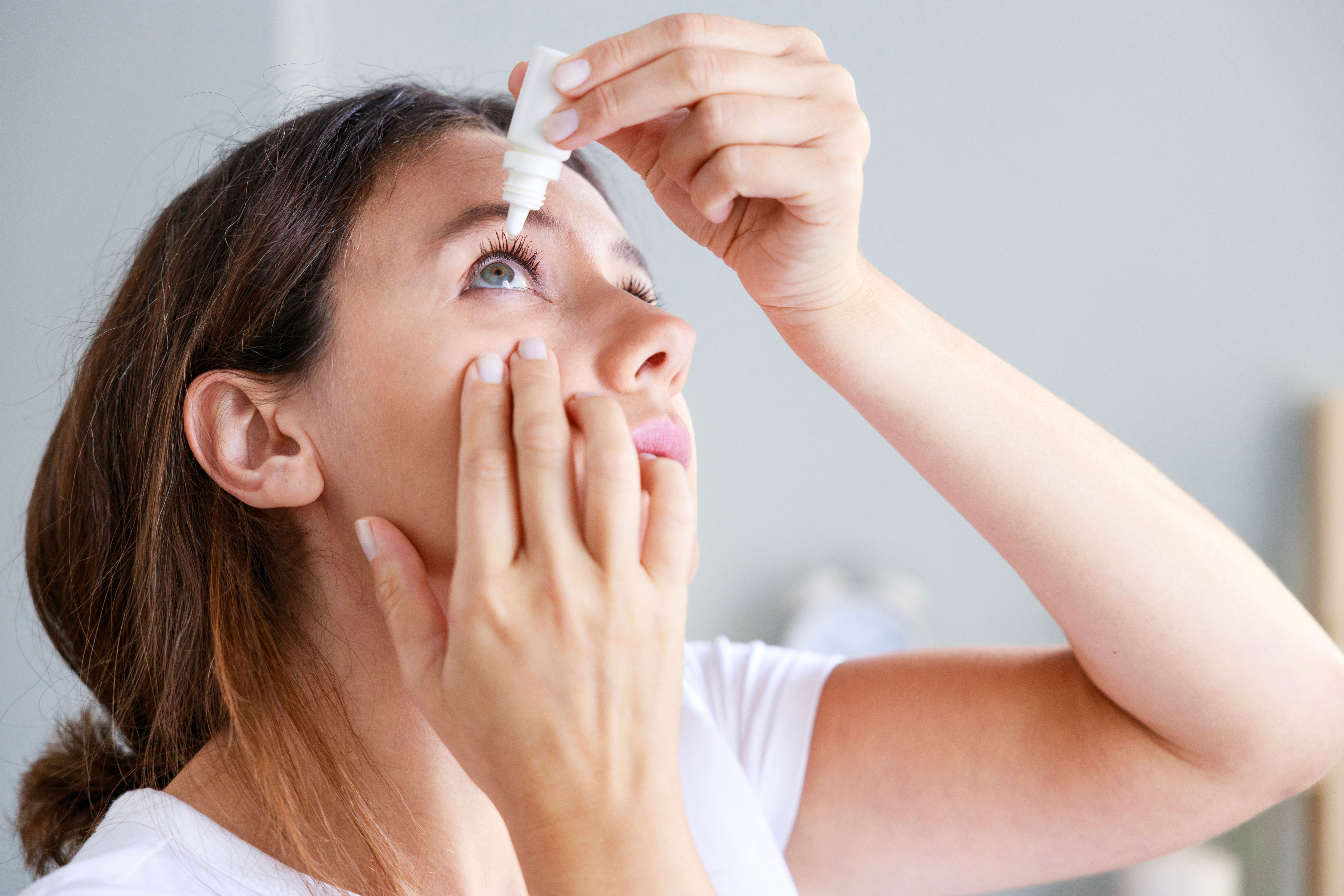- Center on Health Equity & Access
- Clinical
- Health Care Cost
- Health Care Delivery
- Insurance
- Policy
- Technology
- Value-Based Care
Survey Reveals Important Factors in Patients With Dry Eye
Adult patients with dry eye revealed their different challenges and experiences when living with the disease.
The first State of Dry Eye survey, conducted by the Bausch + Lomb Corporation,1 has revealed the challenges and experiences that adult patients with both dry eye and dry eye disease (DED) experience as they live with the disease. Patients not knowing that their symptoms could be associated with dry eye was a big revelation of the survey.
DED is an eye disease that is a result of the eye not making enough tears or tears that evaporate too quickly. This can cause dryness, redness, fluctuating vision, and overall eye irritation in patients diagnosed with the condition.2 Several factors, including hormonal changes, age, environment, medications, and comorbidities, can affect DED. Over-the-counter eye drops and prescription medications can be used to treat DED, as untreated dry eye can lead to other eye problems.
A new survey reveals multiple challenges in living with dry eye disease | Image credit: dragonstock - stock.adobe.com

The State of Dry Eye survey was conducted by The Harris Poll on behalf of Bausch + Lomb. The survey, conducted between April 15 and April 23, 2024, included 2003 adults in the United States 18 years and older. Patients who either had been diagnosed with dry eye or often or always experienced eye dryness numbered 461 of the included adults, with the rest consisting of those who did not experience eye dryness. Data collected included age, gender, race/ethnicity, education, employment, household income, household size, and political party affiliation.
There were several key findings that were highlighted in the survey, with several major adverse effects of having a diagnosis of dry eye highlighted throughout. Patients who were diagnosed with dry eye claimed that the disease affected their quality of life. This included 75% of patients with dry eye finding the disease to be extremely or very bothersome, and 31% claiming that their symptoms have gotten worse over time. A total of 81% of patients with dry eye also said that they are constantly aware of how their eyes feel, and 46% claim that they can practically “hear themselves blink” due to the severity of their symptoms.
Day-to-day activities are also difficult for patients with dry eye according to the participants in the survey. Giving up or cutting back on something to relieve symptoms was prevalent in 67% of the patients, including cutting back or giving up screen time (32%), spending time outdoors (25%), and wearing makeup (24%). Reading (45%), device use (35%), and driving (31%) were the activities that were affected the most due to the eye condition.
Treating and preventing dry eye is less known in the adult patients, however, with 70% of the respondents to the survey not knowing much about either prevention or treatment. Respondents to the survey also may not have recognized that their symptoms of tired eyes (38%), sensitivity to light (27%), and redness (19%) could be associated with DED, as only 15% of the respondents reported experiencing regular eye dryness. A total of 43% of respondents also didn’t visit their eye doctor routinely, and 66% of respondents didn’t know that DED is occurring more often in younger people.
“The prevalence of dry eye is growing, particularly among a younger demographic, in large part due to modern lifestyles and heavy digital device use,” Yehia Hashad, MD, executive vice president, Research & Development, and chief medical officer, Bausch + Lomb, said in a statement.1
More than half of the patients who were diagnosed with dry eye (52%) thought that dry eye was something that was difficult to treat, and 44% of all respondents did not know that other eye problems, including DED, could be a result of untreated dry eye.
These results display the challenges that patients with dry eye face on a daily basis, as well as the lack of knowledge around the disease among both respondents and patients who experienced the disease. Education around DED can help patients identify their symptoms and go to an eye doctor to seek treatment before more serious complications of the disease arise in the patients. Identifying the biggest challenges and the most common symptoms through this survey is a step in knowing what to look for in patients with dry eye.
References
1. Millions of Americans experience dry eye symptoms, yet new national survey shows sufferers struggle to find relief. News Release. Bausch + Lomb; July 8, 2024. Accessed July 8, 2024.
2. Dry eye. National Eye Institute. Updated November 15, 2023. Accessed July 3, 2024. https://www.nei.nih.gov/learn-about-eye-health/eye-conditions-and-diseases/dry-eye
